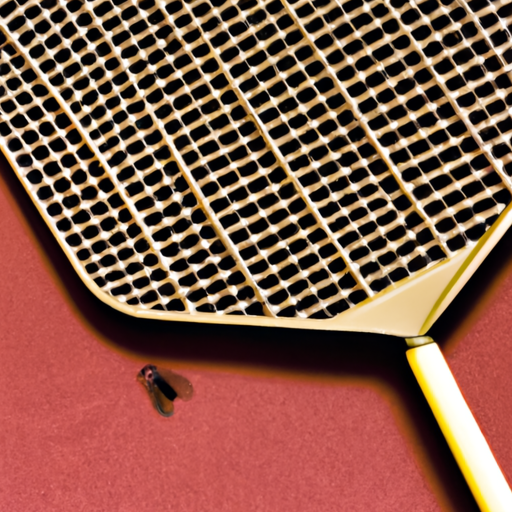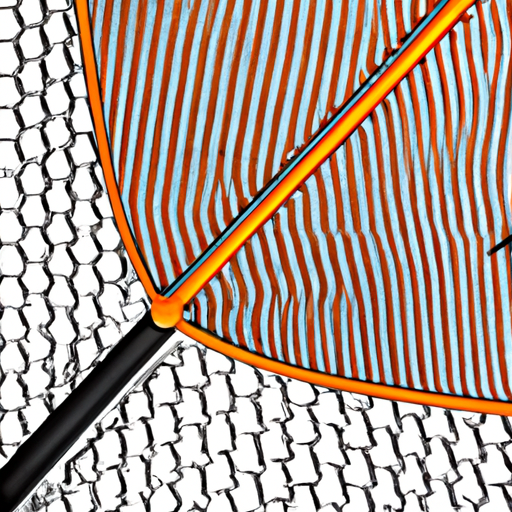Are you tired of constantly swatting flies buzzing around your house? It can be incredibly frustrating to have these pesky insects invading your living space. But don’t worry, because I’m here to help you put an end to this annoyance. In this article, we will explore effective methods to get rid of flies in your house, so you can enjoy a fly-free living environment. So, let’s dive in and discover the solutions you’ve been looking for!
Flies can be quite persistent, but there are several strategies you can implement to eliminate them from your house. One way to start is by maintaining cleanliness and hygiene in your home. Flies are attracted to food sources, so keeping your kitchen and dining areas clean and free from food debris is essential. Additionally, regularly taking out the trash, keeping your drains clean, and ensuring there are no areas of standing water can help discourage flies from breeding and infesting your space.
Another effective method to get rid of flies is by using fly traps or sticky fly papers. These can be placed strategically in areas where flies are commonly found, such as near windows or doors. The sticky surface of the trap or paper will attract and catch the flies, preventing them from buzzing around your house. Additionally, you can also try using natural repellents, such as essential oils like lavender, eucalyptus, or peppermint. These scents are unpleasant to flies and can help deter them from entering your home.
In this article, we will delve deeper into each of these methods and provide you with additional tips and tricks to effectively get rid of flies in your house. So, whether you’re dealing with a few pesky flies or a full-blown infestation, rest assured that we have you covered. Say goodbye to the annoyance of flies in your house and reclaim your space with our helpful advice and solutions. Stay tuned to learn more about how to banish flies from your home for good!
Identifying the Types of Flies
House Flies
House flies are one of the most common types of flies found in households. These flies are typically gray in color and measure about 1/4 inch in length. They are attracted to food sources and often breed in decaying organic matter.
Fruit Flies
Fruit flies are small, tan-colored flies that are commonly found in kitchens and around ripened fruits. They are known for their ability to reproduce quickly, making them a nuisance to deal with. Fruit flies are attracted to sugary substances and can often be found near garbage cans or compost bins.
Drain Flies
Drain flies, also known as sewer flies, are small flies that are commonly found in bathroom drains and sewage systems. They have a fuzzy appearance and are attracted to damp and organic matter. If you notice these flies around your drains, it may indicate a leak or clog in your plumbing system.
Cluster Flies
Cluster flies are larger than house flies and are often found in large numbers, particularly during the colder months. They are dark gray in color and tend to cluster together in warm areas such as attics or wall voids. Cluster flies do not reproduce indoors but seek shelter indoors to hibernate during the winter.
Blow Flies
Blow flies, also known as bluebottle flies, are metallic blue or green in color. They are attracted to decaying organic matter, such as dead animals or animal waste. Blow flies are often found near outdoor garbage cans or areas with poor sanitation.
Flesh Flies
Flesh flies are gray or black flies with three dark stripes on their thorax. They are attracted to decaying animal flesh and can be commonly found around outdoor garbage cans or areas where pets are present. Female flesh flies give birth to live larvae, making them a potential source of infestation.
Phorid Flies
Phorid flies, also known as humpbacked flies, are small flies with a hunched appearance. They are attracted to decaying organic matter and are commonly found in kitchens, bathrooms, or other areas with moisture and organic materials. Phorid flies can be a sign of a hidden plumbing or drainage issue.
Gnats
Gnats are small, flying insects that are often mistaken for fruit flies. They are attracted to moist, decaying organic matter, and can be found near houseplants or areas with standing water. Gnats can reproduce quickly and become a nuisance if not addressed promptly.
Understanding the Behavior of Flies
To effectively get rid of flies in your house, it is important to understand their behavior and habits.
Feeding Habits
Flies are attracted to a variety of food sources, including human and pet food, fruits, garbage, and decaying organic matter. Identifying and eliminating potential food sources can help discourage fly infestations.
Breeding Patterns
Flies have rapid reproductive cycles, with some species laying hundreds of eggs at once. Understanding their breeding patterns can help in targeting their breeding sites and preventing future infestations.
Preferred Environments
Different species of flies have specific preferences for their living environments. For example, fruit flies are attracted to ripe fruits, while drain flies thrive in moist areas such as drains and sewage systems. Identifying the preferred environments of various fly species can aid in implementing targeted control measures.
Flight Patterns
Flies are highly mobile and often have erratic flight patterns. Understanding their flight patterns can help in determining their points of entry and implementing effective prevention measures.
Disease Transmission
Flies are known to be carriers of various diseases and can transfer pathogens from contaminated surfaces to food or humans. It is crucial to address fly infestations promptly to minimize the risk of disease transmission.
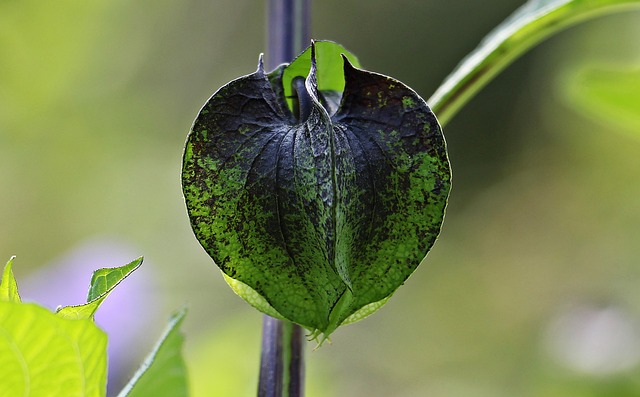
Preventive Measures
Taking preventive measures is crucial in addressing fly infestations and ensuring a fly-free environment in your house.
Maintaining Cleanliness
Keeping your house clean is essential in preventing fly infestations. Regularly clean countertops, floors, and garbage cans to eliminate potential food sources and breeding sites.
Proper Food Storage
Store food in sealed containers to avoid attracting flies. Securely cover fruits and vegetables and promptly dispose of any spoiled or overripe items.
Sealing Entry Points
Inspect and seal any gaps or cracks in windows, doors, or screens to prevent flies from entering your house. Pay close attention to areas where plumbing or electrical wiring enters the house.
Installing Window Screens
Consider installing window screens to prevent flies from entering your house while still allowing fresh air to circulate. Make sure the screens are free from tears or damages.
Using Air Curtains
Air curtains, also known as fly fans, can create a barrier of air that prevents flies from entering your house. Install air curtains near doorways or windows to deter flies from entering.
Eliminating Standing Water
Flies are attracted to standing water, which can serve as breeding grounds for certain species. Regularly empty and clean birdbaths, pet water bowls, and flower pot saucers to eliminate potential breeding sites.
Natural Remedies
If you prefer using natural remedies, there are several methods you can try to get rid of flies in your house.
Fly Traps
Fly traps can be an effective method in capturing and killing flies. There are various types of fly traps available, including sticky traps and baited traps.
Essential Oils
Certain essential oils, such as lavender, eucalyptus, or peppermint oil, can act as natural fly repellents. Mix a few drops of the essential oil with water and spray the solution around windows, doors, or other fly-prone areas.
Herbs and Plants
Certain herbs and plants, such as basil, mint, or lavender, have natural insect-repellent properties. Planting these herbs in your garden or placing potted herbs near doors or windows can help deter flies.
Vinegar Traps
Create a vinegar trap by filling a bowl with vinegar and adding a few drops of liquid dish soap. The flies will be attracted to the vinegar and become trapped by the soap.
Citrus Fruit Peelings
Flies dislike the scent of citrus fruits. Place citrus fruit peelings, such as lemon or orange peels, around fly-prone areas to repel flies.
Cloves and Lemon
Cloves and lemon can act as natural fly repellents. Insert cloves into a lemon and place it in areas where flies are commonly found.
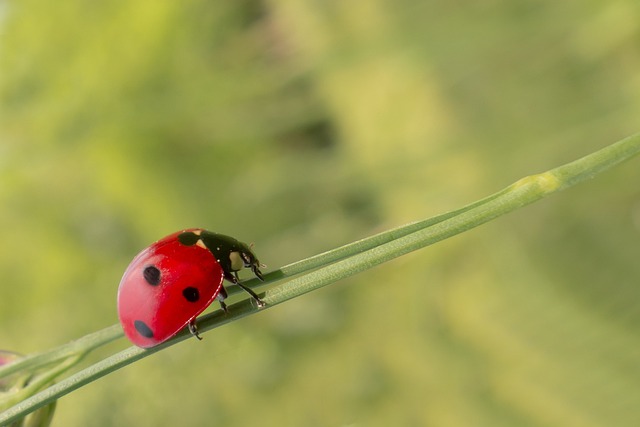
Chemical Solutions
If natural remedies don’t provide satisfactory results, you may consider using chemical solutions to control fly infestations.
Insecticides
Insecticides can be used to kill and repel flies. Choose an insecticide specifically designed for fly control and follow the instructions for safe and effective use.
Fly Sprays
Fly sprays can be used to directly target and kill flies. Apply the spray in areas where flies are present, such as near windows or trash cans.
Fly Baits
Fly baits are designed to attract and kill flies. Place the bait in fly-prone areas, away from pets and children, and follow the instructions for safe use.
Pesticide Strips
Pesticide strips can be effective in controlling flies, especially in enclosed areas such as attics or storage spaces. Hang the strips in the designated area and follow the instructions for safe use.
Foggers
Foggers, also known as bug bombs, release a fog of insecticide to target flying insects. Use foggers in enclosed areas, following the instructions carefully, and ensure proper ventilation afterward.
Ultra Violet Traps
Ultra violet (UV) traps are effective in attracting and killing flies. These traps use UV light to attract flies and an adhesive board to capture and kill them.
Professional Pest Control
If your fly infestation persists or if you prefer professional assistance, consider hiring an exterminator or consulting a pest control company.
Hiring Exterminators
Exterminators are trained professionals who specialize in identifying and eliminating pest infestations. They can assess the severity of your fly infestation and implement targeted control measures.
Consulting Pest Control Companies
Pest control companies offer a variety of services to address fly infestations. They can provide inspections, treatments, and long-term prevention plans tailored to your specific needs.
Long-Term Prevention Plans
Pest control companies can create long-term prevention plans to ensure your house remains fly-free. These plans may include regular inspections, treatments, and recommendations for effective preventive measures.
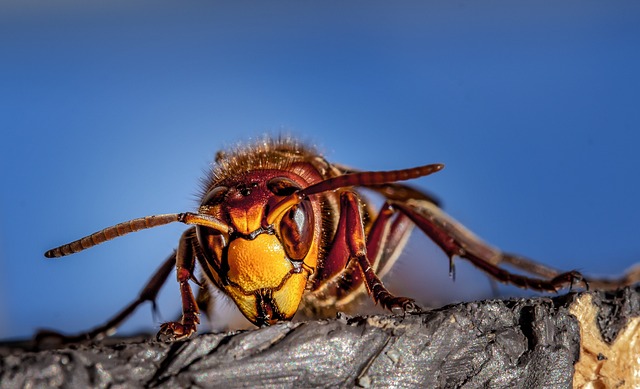
Common Mistakes to Avoid
To effectively get rid of flies in your house, it is important to avoid these common mistakes:
Leaving Food Exposed
Leaving food exposed can attract flies and increase the risk of infestations. Always cover food and promptly clean up any spills or crumbs.
Neglecting Garbage Disposal
Improper garbage disposal can be a major attractant for flies. Make sure to empty and clean garbage cans regularly and securely tie garbage bags.
Ignoring Leaky Pipes
Leaky pipes or drains can create a moist environment that attracts flies. Fix any leaks promptly and ensure proper drainage to eliminate potential breeding sites.
Not Cleaning Pet Waste Promptly
Pet waste can attract flies, especially during warm weather. Clean up pet waste promptly and dispose of it properly to prevent fly infestations.
Using Ineffective Remedies
Not all home remedies or commercial products are effective in controlling flies. Make sure to choose remedies or products that are specifically designed for fly control and follow the instructions for safe use.
Dealing with Fly Infestations
If you are dealing with a fly infestation in your house, follow these steps to effectively address the problem:
Identifying the Source
Identify and eliminate the source of the infestation. Look for areas with signs of flies or breeding sites, such as decaying organic matter or standing water.
Using Traps and Baits
Set up traps or baits to capture and kill flies. Place them in fly-prone areas and follow the instructions for effective use.
Sealing Cracks and Holes
Inspect your house for any gaps, cracks, or holes that flies may use as entry points. Seal these areas to prevent further infestations.
Contacting Pest Control
If the infestation persists or if you are dealing with a large number of flies, consider contacting a pest control professional for assistance.
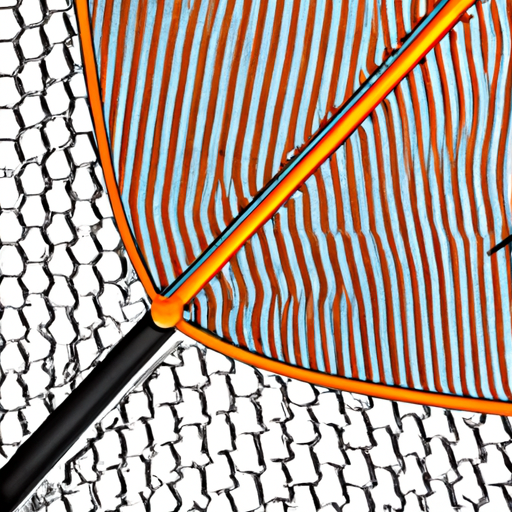
Tips for Outdoor Fly Control
In addition to controlling flies indoors, it is important to take measures to prevent flies from infesting your outdoor spaces. An outdoor fly trap can help with this.
Keeping Trash Bins Covered
Ensure that your outdoor trash bins have tightly sealed lids to prevent flies from accessing the garbage.
Removing Decaying Vegetation
Remove any decaying vegetation, such as fallen leaves or rotting flowers, from your garden or yard. These can attract flies and other pests.
Maintaining Good Drainage
Ensure that your yard has proper drainage to prevent the build-up of standing water, which can serve as breeding grounds for flies.
Using Fly Screens for Doors
Install fly screens or door traps on your exterior doors to prevent flies from entering your house.
Installing Bug Zappers
Bug zappers and electric fly swatters can help control flies and other flying insects in your outdoor spaces. Install them in areas where flies are commonly found.
Conclusion
Flies can be a common nuisance in households, but with proper identification, understanding of their behavior, and implementing preventive measures, you can effectively get rid of flies in your house. Whether you choose natural remedies, chemical solutions, or consult professional pest control services, taking prompt action is crucial in maintaining a fly-free environment. By combining preventive measures, proper sanitation practices, and regular maintenance, you can enjoy a fly-free home.
